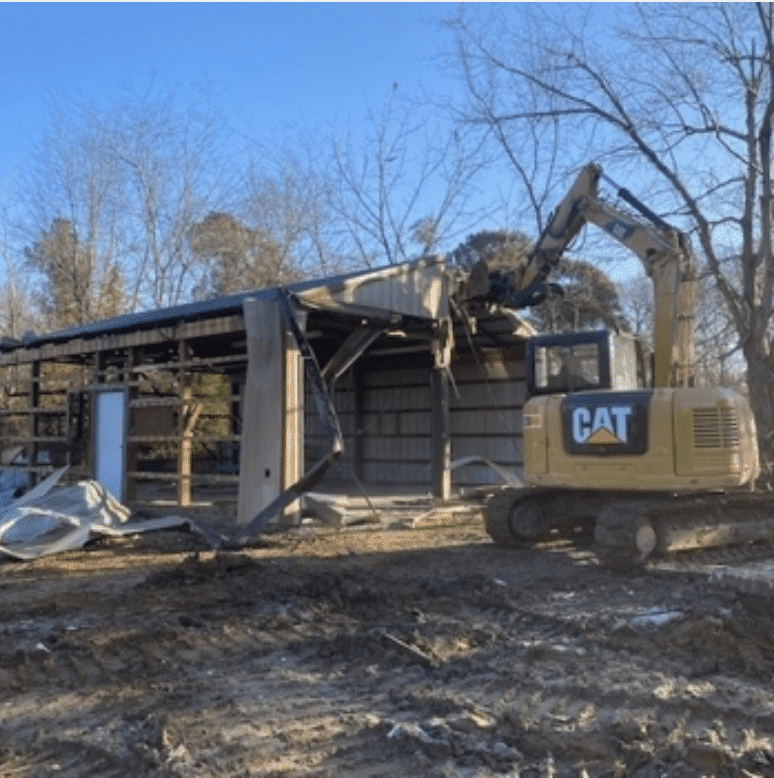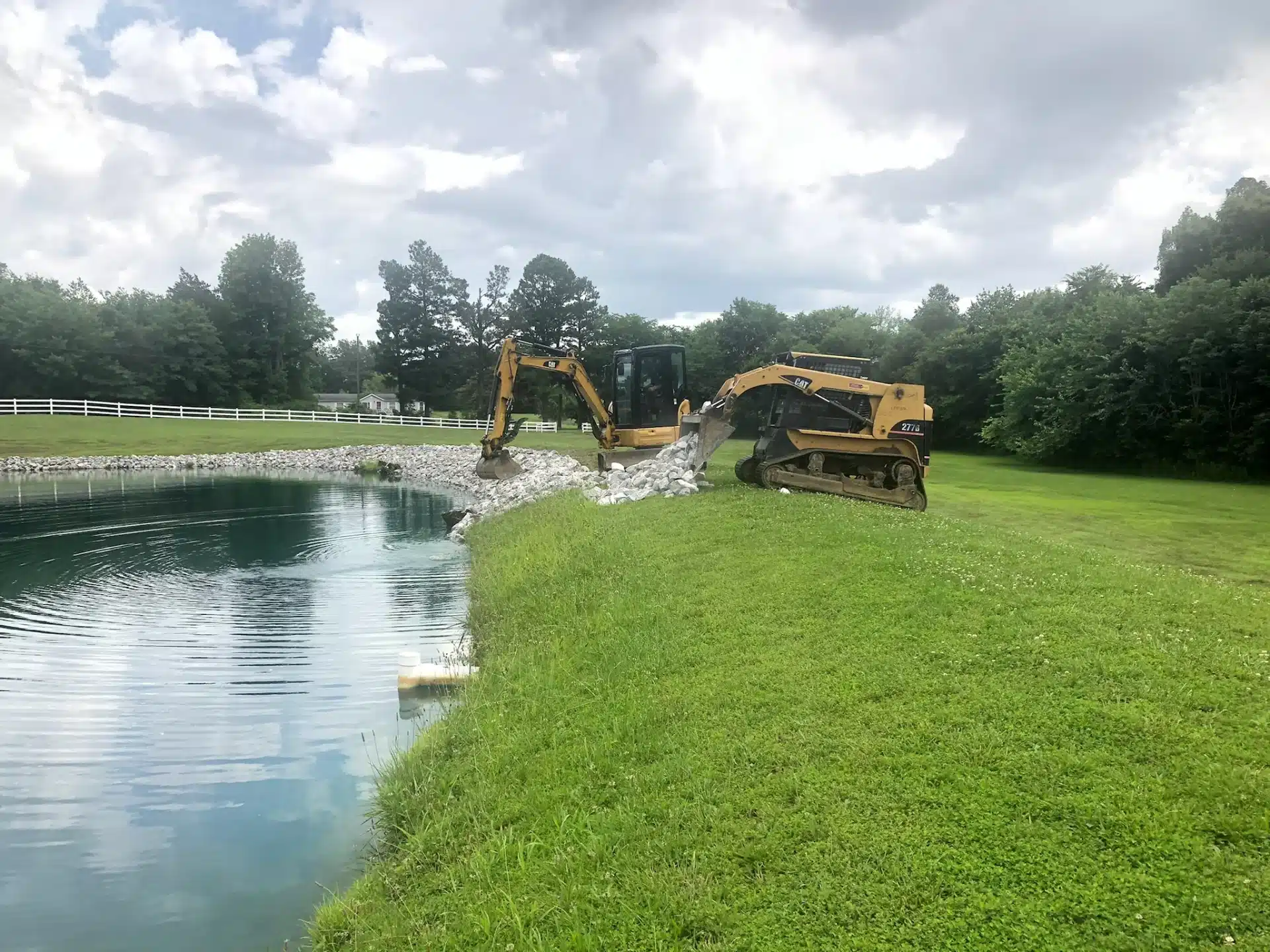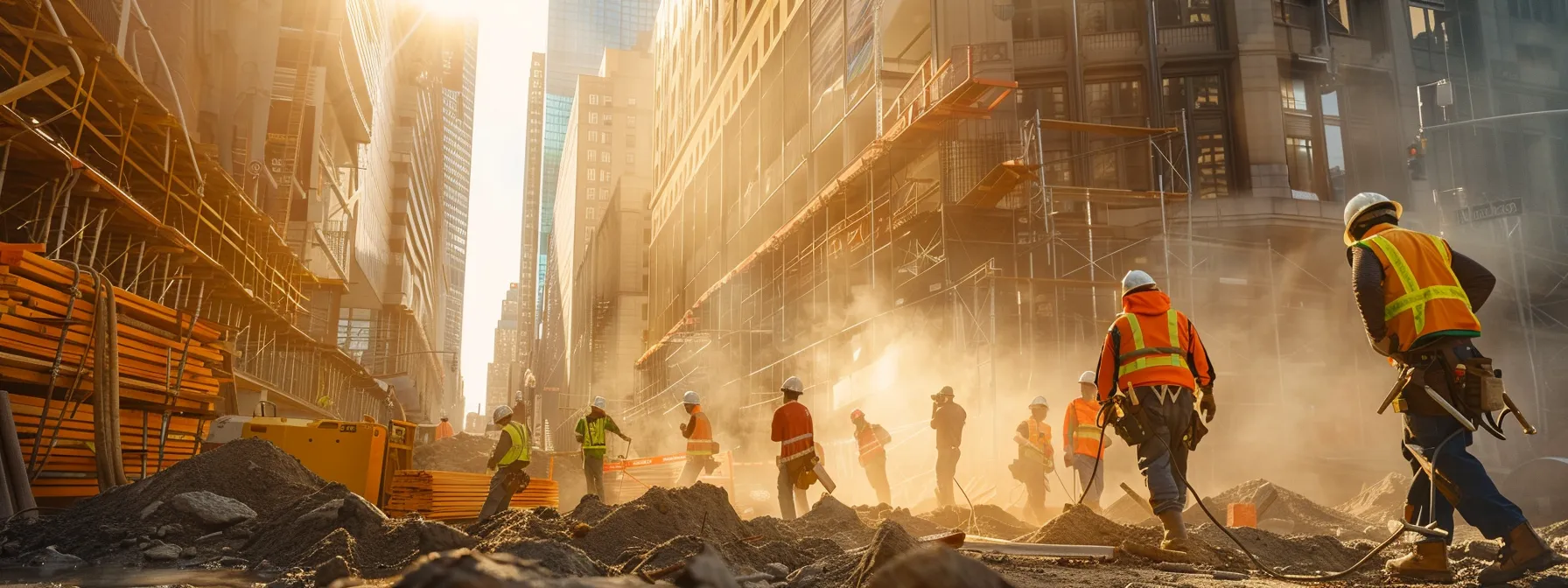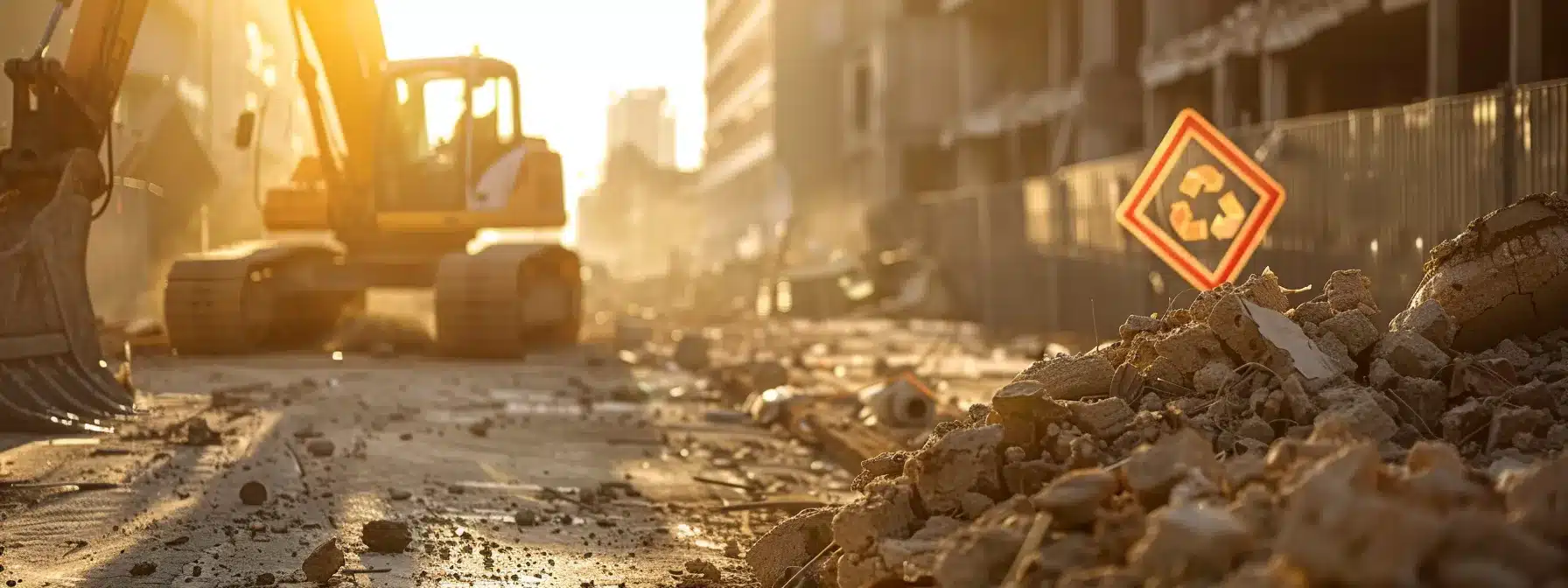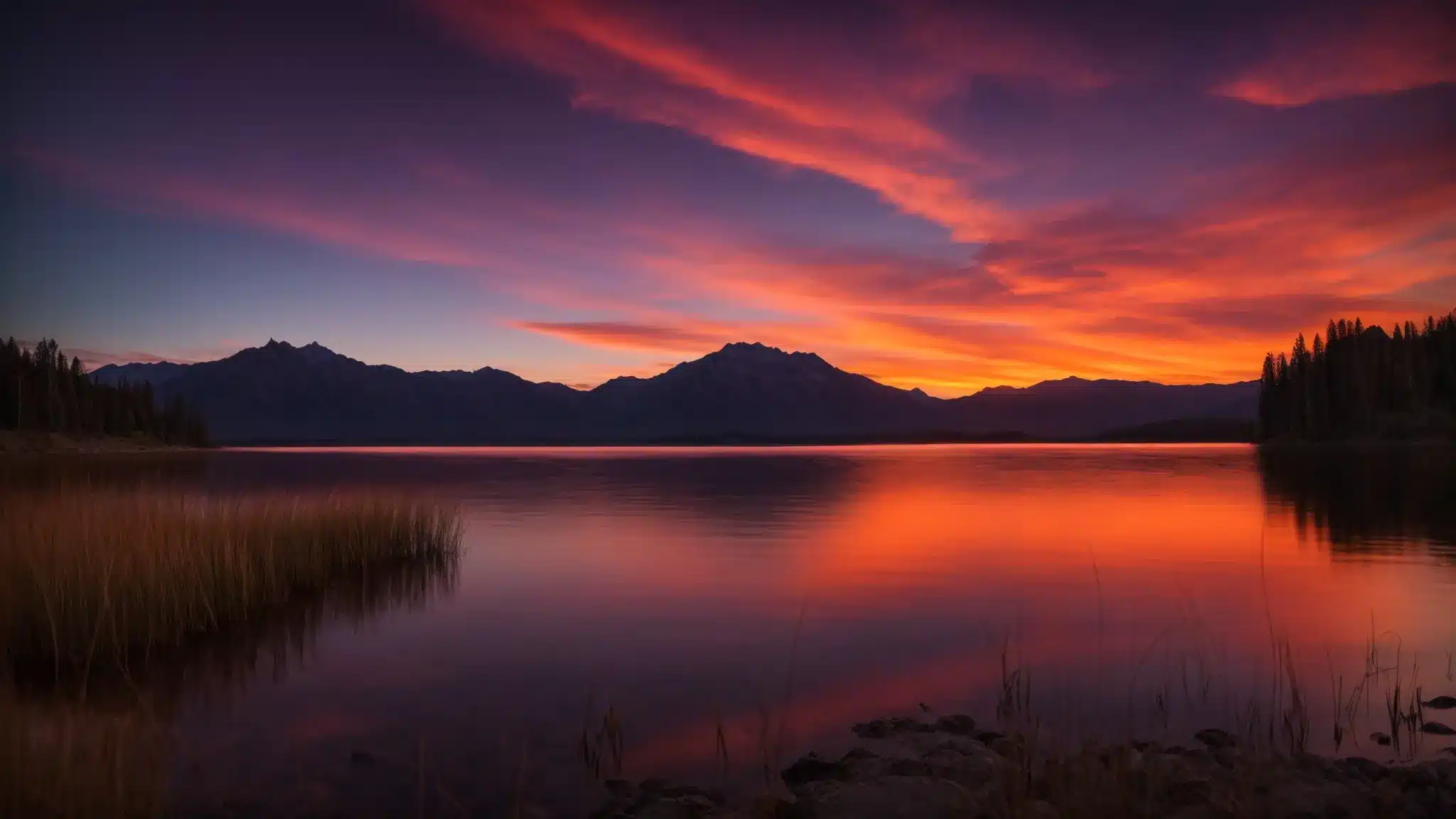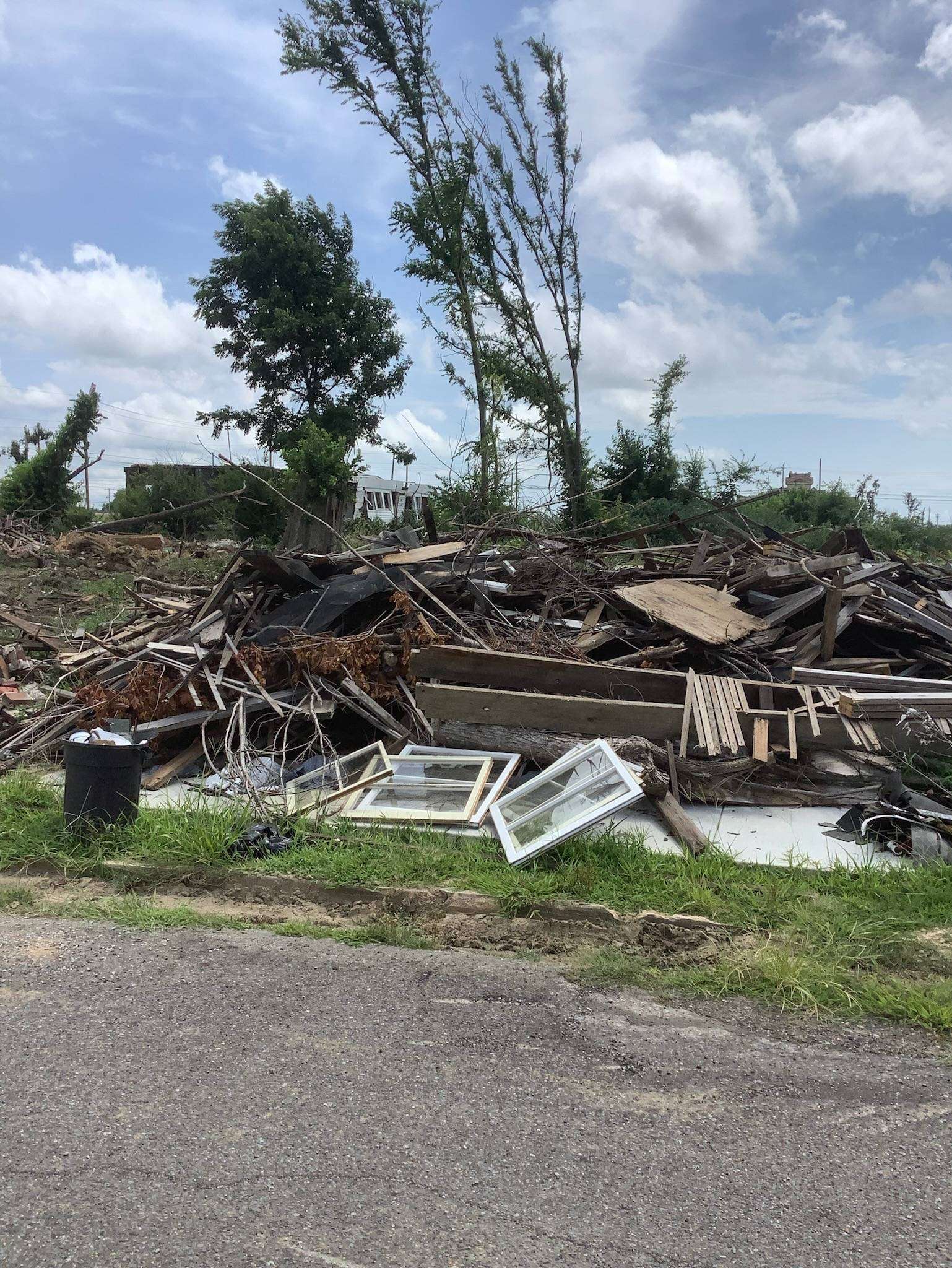Erosion is a natural physical process where the earth’s surface’s material moves downhill due to gravitational forces. Property owners and managers implement several loss control and erosion prevention strategies to combat erosion. One of the most common is using turf grass to protect against soil erosion in areas that receive substantial foot traffic, such as parks, playgrounds, or sidewalks.
Mitigating the Effects of ErosionImpact of Erosion
Erosion control strategies are essential because they help prevent other problems such as flooding and landslides. These processes occur when rainwater collects on a property and flows downhill, picking up soil and other debris. This erosion can cause significant damage to homes, roads, businesses, and natural areas.
Landslides, Mudslides and More
Erosion is a natural process. However, when it occurs on a large scale, it can have devastating effects on homes, buildings, and other nearby structures. Erosion can cause landslides and mudslides, damaging trees or other plants located near the area being eroded. It could also damage man-made structures such as barns, sheds, or even fences that may be located in the path of the erosion process. In addition to these concerns, there is also a risk of flooding if water flows into areas where it normally does not go (such as roads). This could cause serious problems for drivers who regularly use these roads since they are not designed to handle large amounts of water.
Erosion Strategy Controls
Erosion control strategies can be divided into two categories. The first is to prevent soil from being removed from the site, and the second is to control soil that has been lost. The first category includes baffles, barriers, riprap, terracing, and turf grass. The second category includes silt fences, straw bales, and other erosion control blankets.
Baffles and Barriers
A baffle is an obstruction placed in a stream to slow the flow of water. Some baffles include fences, walls, and even boulders across streams. Barriers are similar to baffles but typically constructed with more durable materials such as concrete or steel. Barriers can be built into hillsides to prevent erosion by keeping water at the top of the hill instead of allowing it to run downhill, causing erosion below.
Baffles and barriers are usually used to protect buildings or other structures near rivers or streams. Still, they can also prevent erosion on construction sites where there may not be any structures nearby.
Riprap
Riprap is a rock barrier used to stabilize banks and stream beds. Riprap can be used for erosion control in moderate to high erosion areas. Riprap may also be a temporary solution until more permanent methods can be implemented.
Riprap can effectively slow down soil erosion but does not stop it completely. The rocks used in rip rap are usually large, rough-surfaced boulders placed on the slope of a hill or bank. The rocks are generally placed so they will not slide or fall off their position due to gravity or other forces such as wind or water pressure.
Terrance
A terrace is a long, narrow strip of land created along a sloping hillside or valley bottom by building a retaining wall along both sides of the area. Terrace strips are typically planted with grasses, shrubs, and trees for agricultural purposes or with turf grass for recreational purposes like golf courses. Some terraces are built along steep banks of rivers and streams to help control erosion caused by storm runoff from nearby mountains into agricultural fields below them.
Pea Gravel
Pea gravel is another option for controlling erosion on your property. It’s made up of small stones that are usually rounded in shape and range in size from 1/4 inch to 1 inch in diameter. These stones are inexpensive and easy to install yourself or have installed professionally by a landscaping contractor or builder’s supply store employee who installs retaining walls and fences as part of their business.
In addition to controlling erosion, pea gravel benefits by adding beauty to your yard or garden space and texture and color to your landscape design plan.
Turf Grass
Turf grass is one of the most widely used erosion control techniques. It can be used to protect slopes, stabilize streambanks and shorelines, prevent soil loss from construction sites, protect water quality, improve habitat for wildlife and reduce noise from traffic. The best time to sow turf grass seeds is in the fall, as long as the ground isn’t frozen (this will depend on where you live). If you’re planning to sow seeds during the spring when temperatures are warmer, it’s best to wait until after any expected rainfall.
Supreme Enterprises LLC
Erosion control is complex, and a professional can assess your situation, recommend appropriate measures, and help you comply with state guidelines. The cost for this service varies depending on the complexity of your project, and Supreme Enterprises LLC can help determine the best strategies for your situation.


